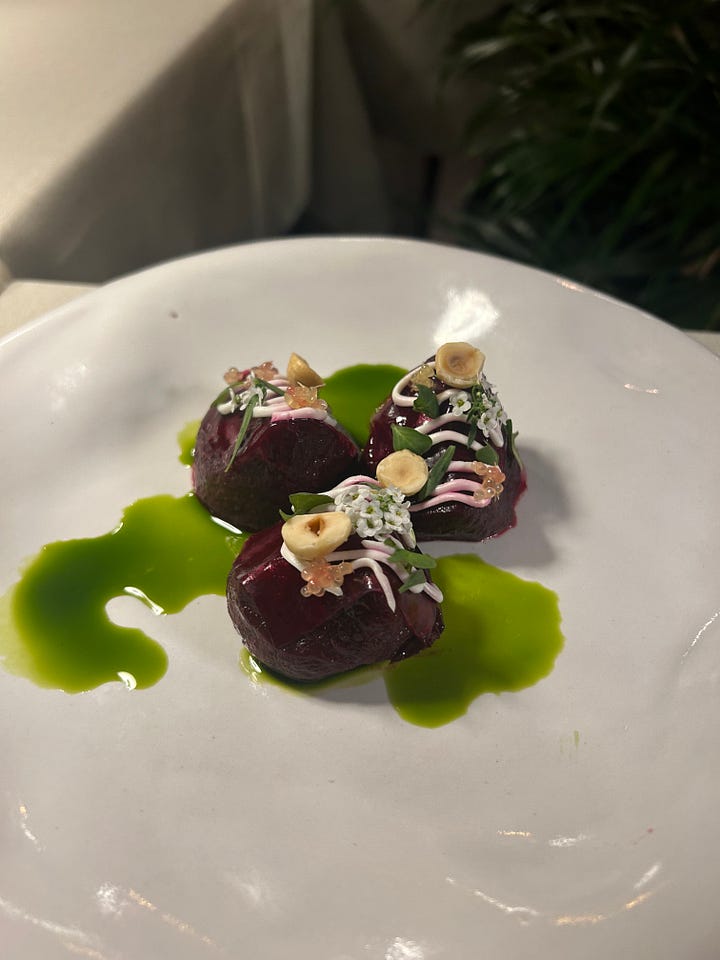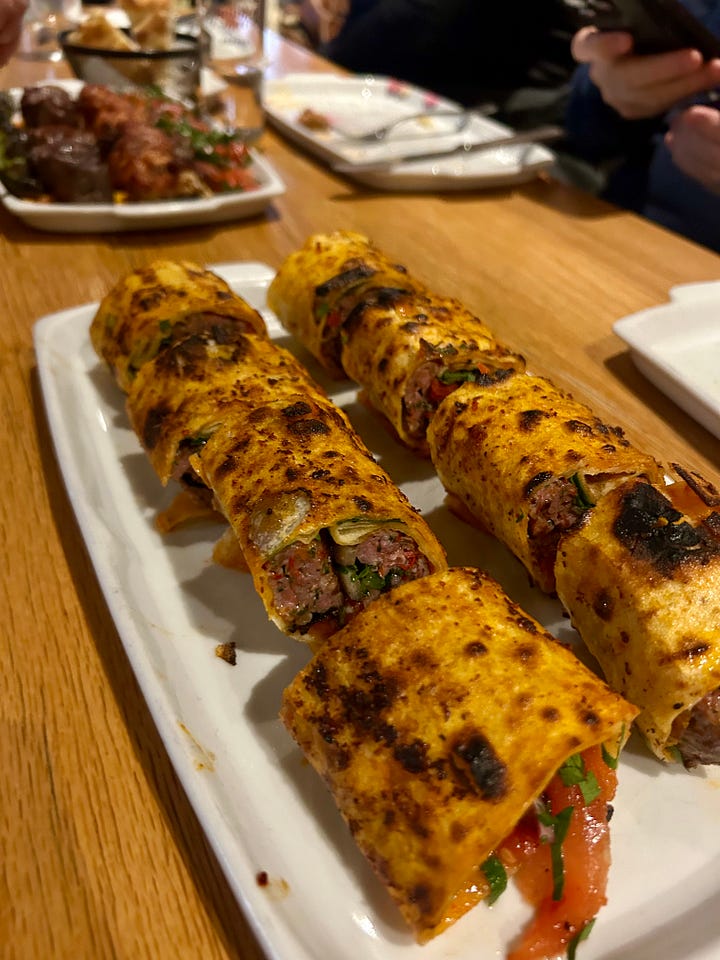A culinary journey through Istanbul
Five times a day, a call to prayer echos over the rooftops of a city of more than 15 million residents, spanning two continents, and busy with an energy unlike anywhere else I’ve traveled to yet.
The arctic was quiet, majestic. Many European cities are friendly, ambulatory. Central America is vibrant, colorful. I am still struggling to find the right descriptors for my experience of Istanbul.
It is packed with people hustling through tight corridors. Every corner has a rich and pungent smell of spice, fish, coffee. On a cloudy day, the colors of the rectangular buildings are muted and pasteled, with the grand domes of the many mosques poking up in between.

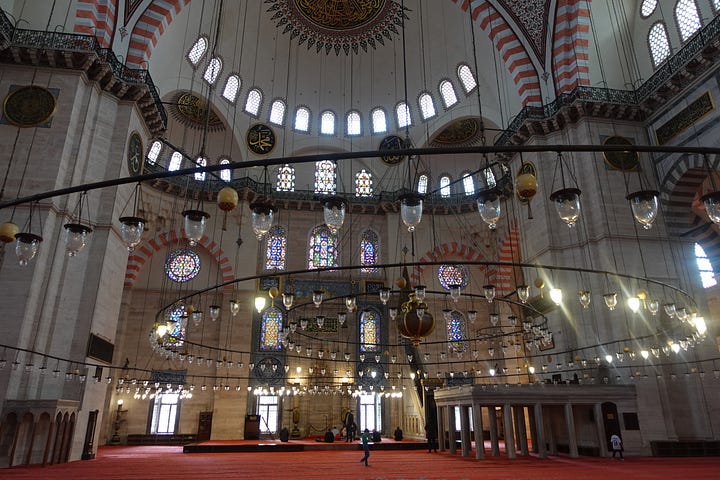
Notwithstanding the booming call the prayer, the great mosques’ presence alone beckons those on the streets to flood in and out at a steady pace. Here they pray toward the mihrab, which indicates the direction of Mecca. The children play, running barefoot across the carpeted flooring.
I didn’t get much time in Istanbul, Türkiye. I was there for a travel writing convention, with limited time to actually explore this incredibly complex and utterly huge city. (I didn’t even get to cross the Bospherous over to the Asian side!) But I was mesmerized from the first moment I arrived.
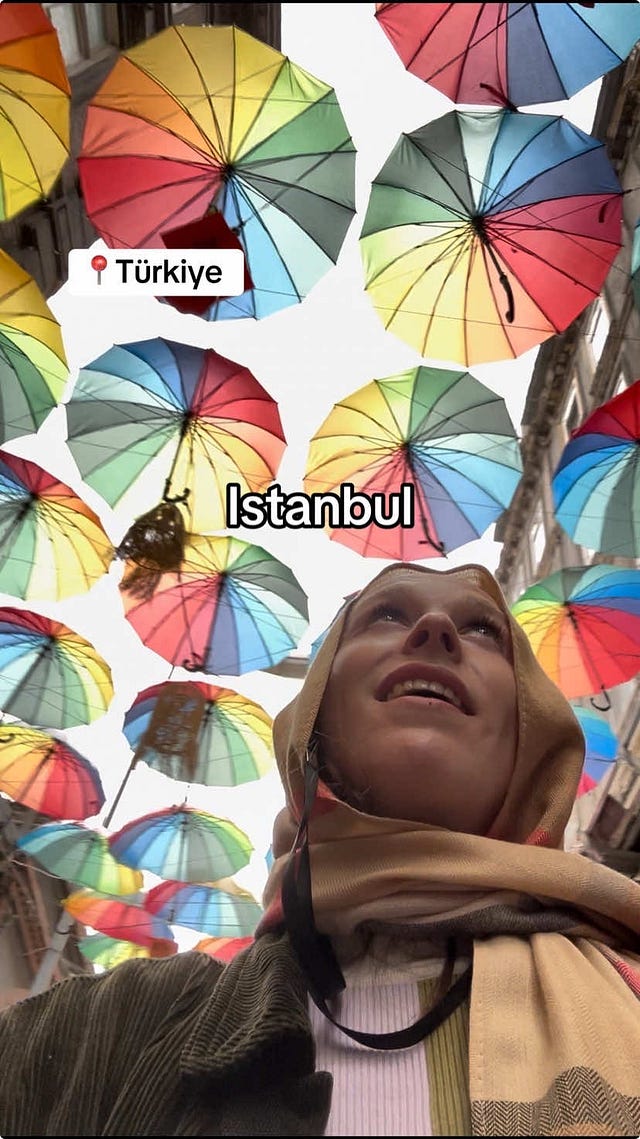
 Tiktok failed to load.
Tiktok failed to load.Enable 3rd party cookies or use another browser
During the convention, the attendees were led on different half-day and a full-day tours. For my journey, I got the chance to delve into traditional Turkish gastronomy:
Simit - the Turkish bagel
We began our morning at Galata Simitçisi, a small shop on the Europe side in the area known as Karaköy. In a tiny room upstairs, four hands danced between sticky dough, boiling water, and trays of sesame seeds—the two men allowed us to squeeze in and learn how the simit, or Turkish bagel, was made.
Downstairs, all was peaceful, as residents took their seats outside to enjoy a breakfast of tea and simit. The black tea is brewed in a double tea pot called a çaydanlık, poured into hourglass-shaped glasses, and served up with a perfect tawny color.
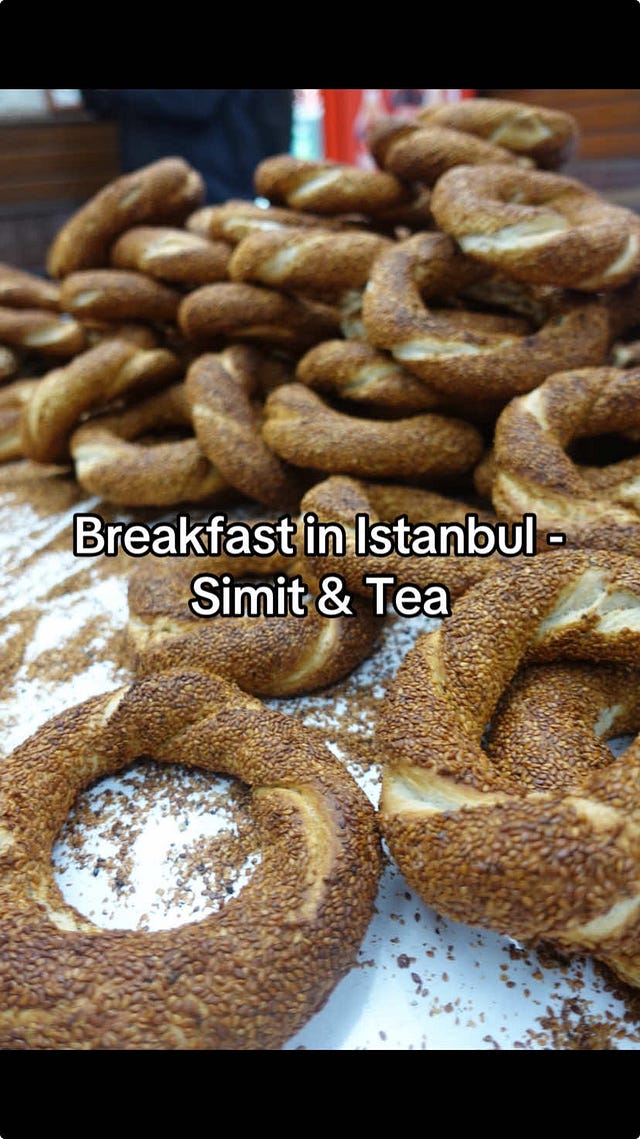
 Tiktok failed to load.
Tiktok failed to load.Enable 3rd party cookies or use another browser
Turkish coffee
Turkish coffee is another staple, and you’ll find little outdoor spaces all over the city, where you can sit on cushioned stools behind a coffee stand while someone brews a cup to your preferred level of sweetness.
It’s a slow process: Once a fire is stoked, water, coffee grounds, and sugar cubes are constantly stirred over the heat in a pot called a cezve. This is done in a pan filled with sand, which helps control the heat. The product is a small quantity of thick liquid. The coffee grounds that settled to the bottom of the small cup are thick and bitter—and sometimes used to tell fortunes, if you so desire to know what the future holds for you…
Baklava
Greek and Turkish baklava are very different. One such difference is that Greek baklava uses a honey syrup and thicker layers of phyllo dough, while the Turkish variety uses a sugar syrup and thinner layers of phyllo.
At the famous Karaköy Güllüoğlu, we got a behind-the-scenes tour of where this Turkish delicacy is made, witnessing the masters of this fine art at work.
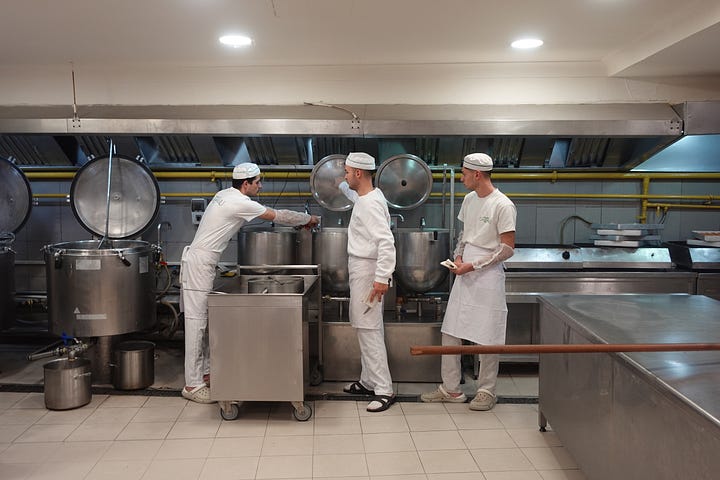

Adorned in hair nets and full body coverings, we made our way through a maze of metal machines and work stations. The air was opaque with clouds of flour, and the triumphant sounds of dough slapping across counters rang through the air. The contrasting bright green color of ground pistachios caught the eye as they were being layered onto the impossibly thin sheets of phyllo—so thin that they could catch air, like a flag waving in the wind.
My favorite part was what they called the “dancing baklava.” As soon as a batch was pulled from the oven, a waterfall of the sugar syrup would be poured directly over the pan, soaking the treats and making them crackle and “dance.” They just can’t seem to sit still, what with all the excitement of being baked to perfection.
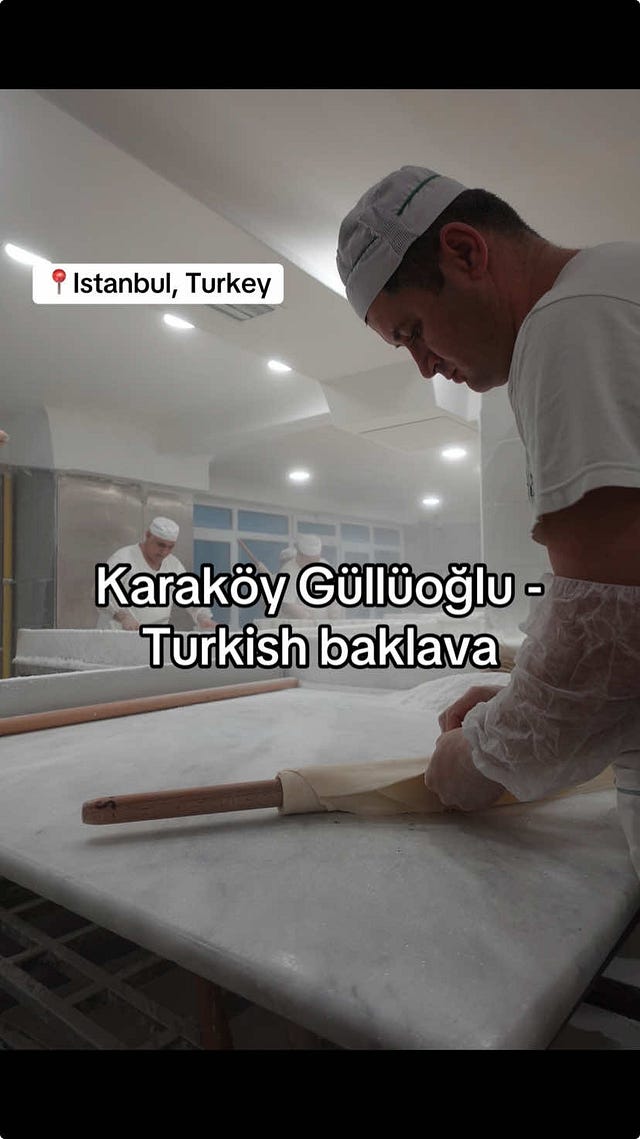
 Tiktok failed to load.
Tiktok failed to load.Enable 3rd party cookies or use another browser
Spice Bazaar
While I didn’t get to see the process of how Turkish delights were made, I did get a chance to see them being sold in the thousands at the Spice Bazaar, or Mısır Çarşısı (Egyptian Bazaar), which is near the New Mosque in the Eminönü quarter. The current building was built in the 1660s.
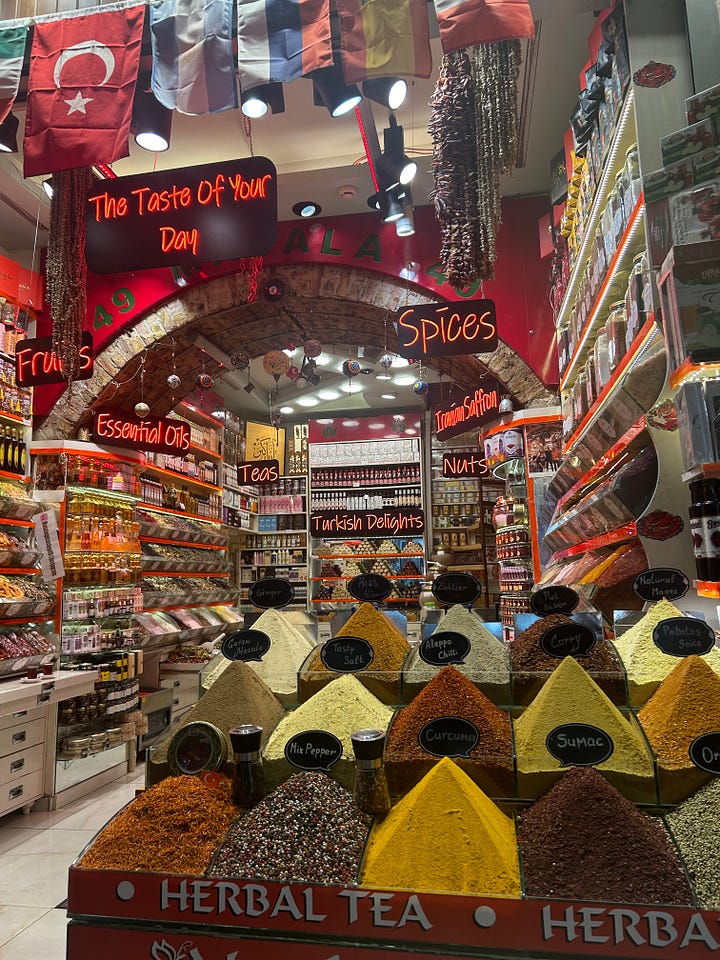
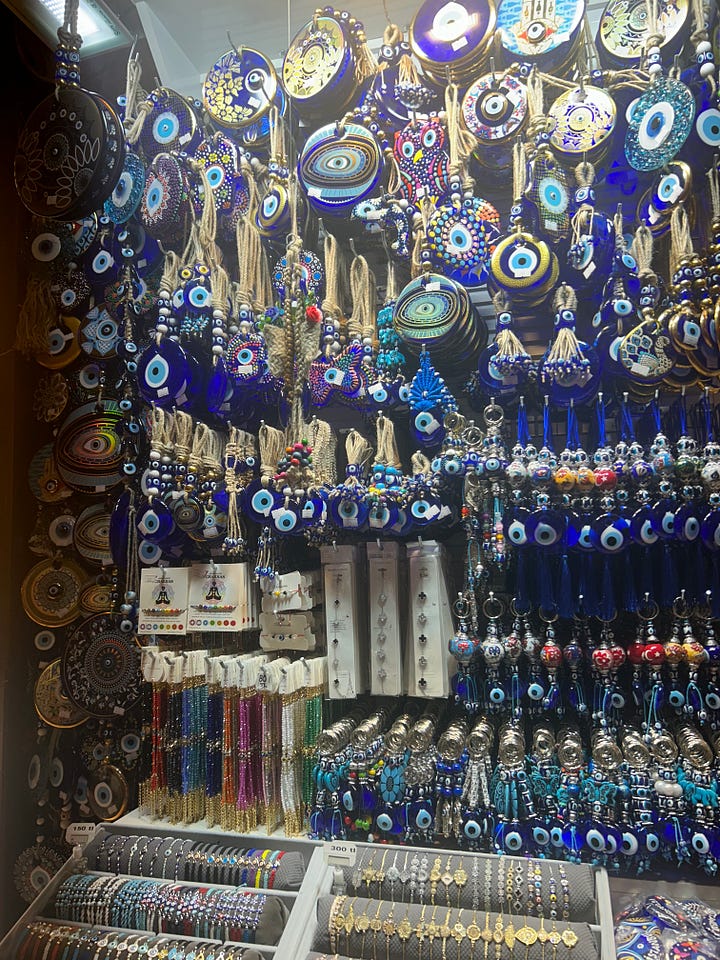
As soon as you step inside, you are smacked in the face with a dizzying array of sights and smells. The vendors have walls of spices, nuts, and teas in every color under the rainbow. The Turkish delights I bought were absolutely mouth-watering. (I’m not sure exactly which varieties came in the box I got, but I can assure you that they all were an absolute hit at Christmas time in my Chicago household.)
I also left with a bright orange powder that would melt into a bold-flavored mango tea and a floral scent lingering on my neck where a vendor had me try a luxurious perfume.
Restaurants
Two restaurants I was lucky enough to try were The Red Balloon, Michelin-star rated from Chef Ulaş Durmaz, and Antiochia Concept located in Beyoğlu. Both had absolutely incredible cuisine—but I’ll let the pictures and videos do the talking.
